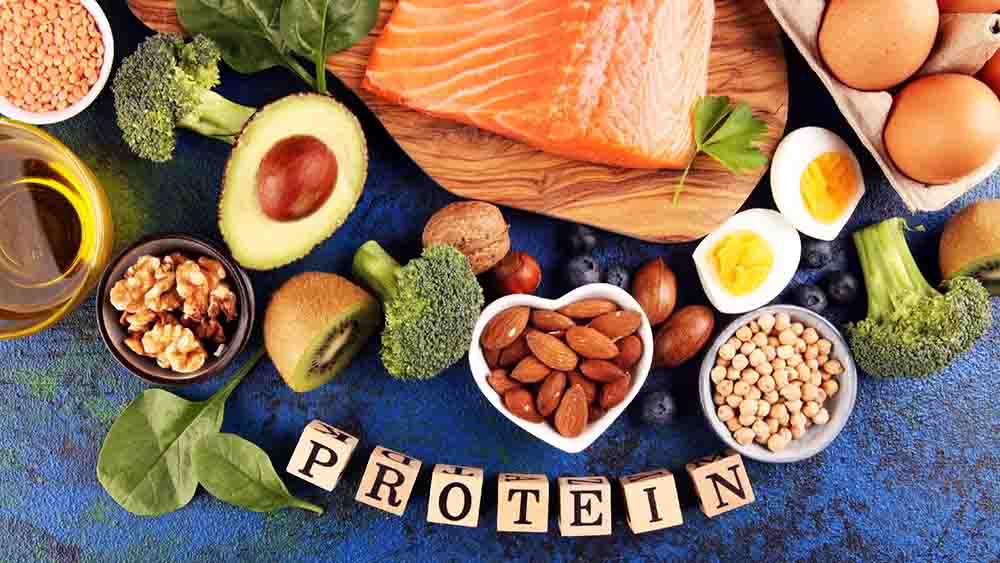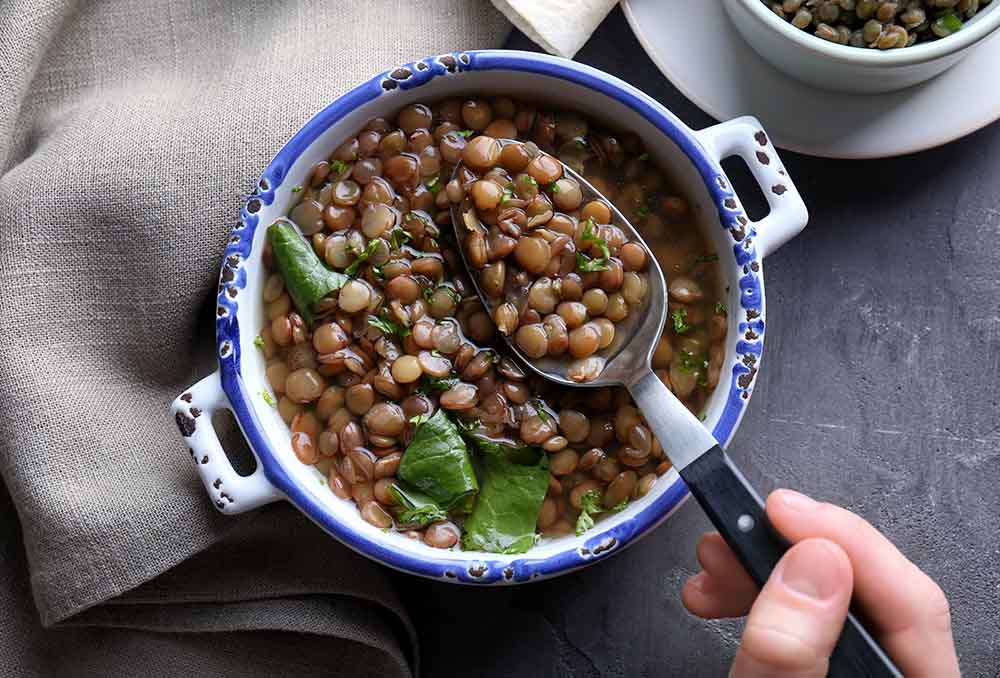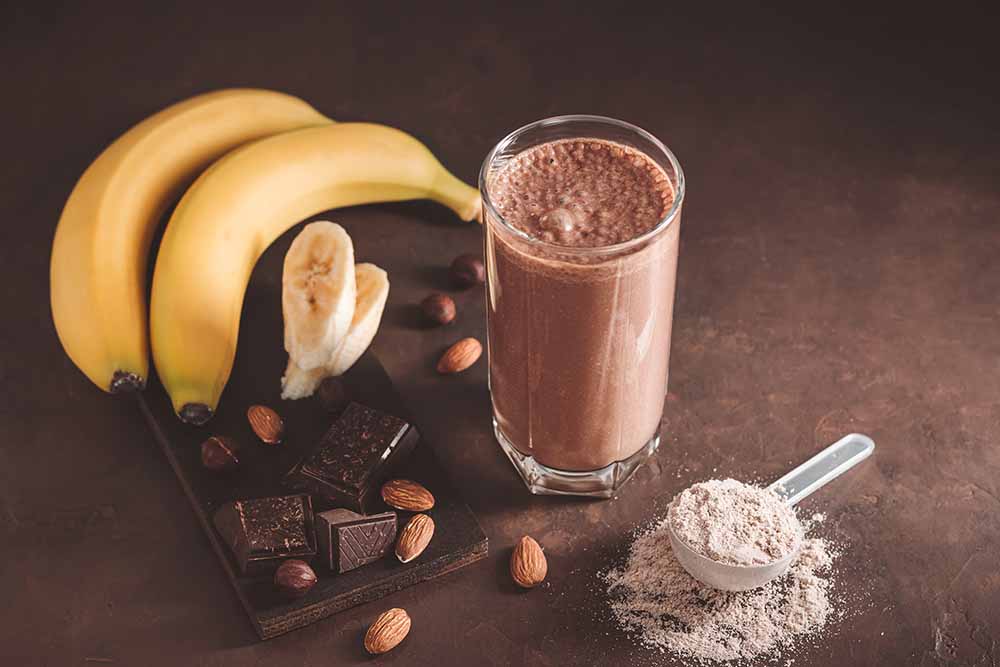The superstar nutrient that steals the limelight in every meal is ‘protein’. Internet influencers, nutritionists and dieticians cannot stop waxing eloquent about the benefits of protein - for all the right reasons! Consuming and including protein in your everyday meal plan is essential, as it keeps you full for longer and benefits your metabolic health to a large extent as well.

Inadequate protein consumption could potentially result in health problems such as muscular loss from tissue deterioration. However, this doesn’t mean that more protein is the way to go. Even though it can aid in muscle growth, if you consume too much, your body might retain the extra as fat.
To put it simply, people should obtain 10 to 35 per cent of their daily calories from protein. Activities like riding, weightlifting, and running may require more calories, but the proportion of protein stays the same.
Keep reading to discover how to increase protein intake in your meals daily!

Protein First, Carbs Later
Eat the protein source first, especially before you reach the carbs. Additionally, consuming protein in the beginning can prevent excessive increase in insulin and blood sugar levels following a meal. Multiple studies indicate that eating high-protein meals at all mealtimes can help you accomplish your protein intake goals and promote satiety, blood sugar regulation, and muscle building.
There are numerous ready-to-eat protein sources available, both plant- and animal-based options. For instance, a snack of sliced apples with two tablespoons of peanut butter added, will increase the protein level by 7 g. Similarly, a half-can of tuna added to cereal bowls or green salads will add 20 g of high-quality, substantial protein to the dish.

Include More Legumes
Among the best food sources of protein are legumes, such as beans and lentils. In addition to being incredibly high in fibre and helping with feelings of fullness, legumes are also a significant source of protein.

Replace Cereal With Higher-Protein Alternatives
The majority of morning cereals are low in protein. You can up your daily protein consumption by swapping cereal for higher-protein breakfast options. One 7-ounce (oz) container of plain Greek yoghurt, two teaspoons of pumpkin seeds, and one cup of raspberries make a quick and easy breakfast. It takes only a few minutes to prepare, but packs a whopping 30 g of protein. This is not just a healthier option, but the fibre and protein in this blend will also keep you satisfied until your next meal or snack.
Make Use Of Nuts And Seeds In Plant-Based Recipes
Nuts and seeds are easy, ready-to-eat protein sources that can be consumed as a snack by themselves or with other foods like salads to increase their protein value. Some of the richest protein sources are hemp, pistachio, pumpkin, and almond seeds. Hemp seeds are an easy way to add extra plant-based protein to salads, muesli and baked goods.
Keep Easy-To-Use Proteins Handy
If you find it difficult to get enough protein during the day, one reason for your problem may be the lack of readily available options. Having accessible protein sources on hand can facilitate regular and nutritious meal and snack times, and encourage you to consume more protein throughout the day. When you’re pressed for time, you may rapidly prepare high-protein meals with ready-to-eat, high-protein products such canned seafood like salmon, tuna fish, and sardines, cheese sticks and slices, nut and seed packs, and precooked canned beans and lentils.

Protein Powder With A Twist
Protein powders are frequently added to smoothies and shakes to increase their satiating and nutritional value. The majority of protein powders are rich sources of this vital ingredient, with each dose containing about 20 g of protein. Protein powders are a great way to increase the protein content of recipes such as overnight oats, chia pudding, plant-based yoghurts, and even baked goods like bread and muffins. Select protein powders without added sugars whenever you can. Stevia and monk fruit, two sweeteners that are friendly to blood sugar levels, are often used to sweeten protein powders.